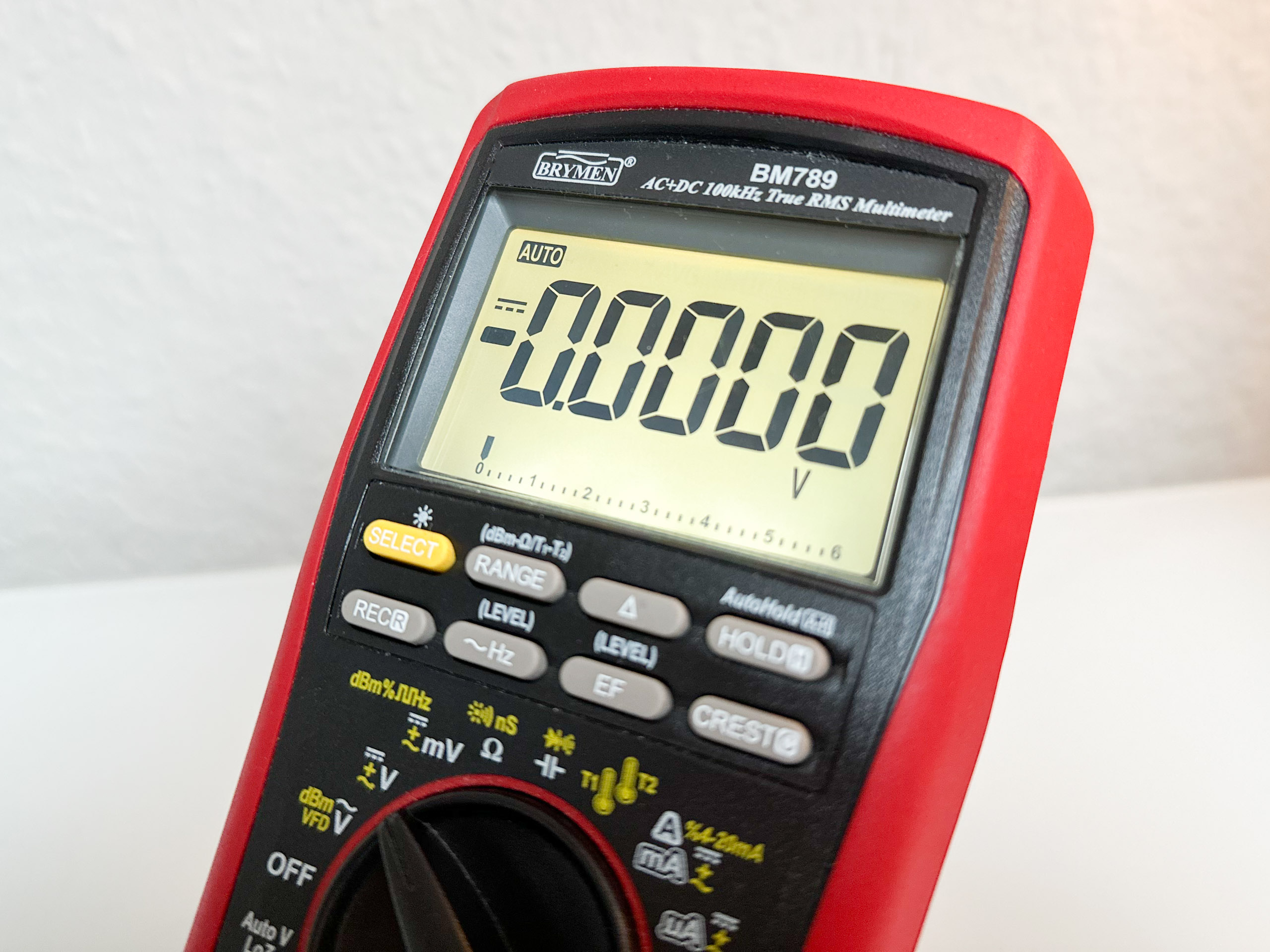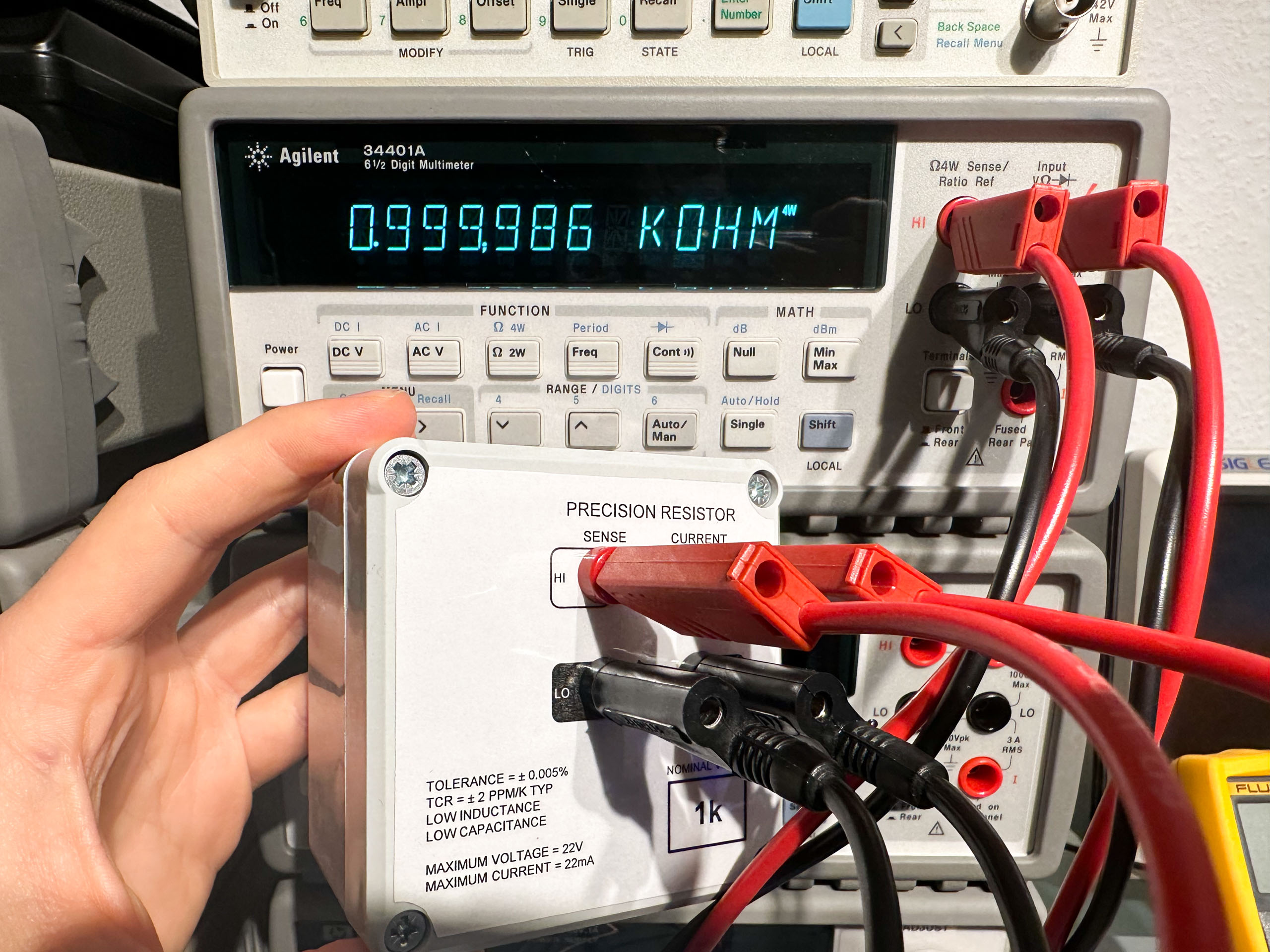Tag: DMM
-

Brymen BM789: Not a Review
Almost two years ago I bought a Brymen BM789 Multimeter. And there is a lot to like about it. It has great specs, is feature-packed, feels high-quality and yet it’s well priced. But there are also some mostly minor aspects I don’t like: My main issue though and this is not limited to Brymen (hello…
-

Agilent 34401A: Repair
The other day I noticed an issue with one of my Agilent 34401A’s: I measured a constant DC voltage and after a few minutes the measured value would start dropping and become unstable. Then I got curious and checked the two-wire resistance mode. Same story, maybe worse. A word of caution: High voltages found inside…
-

Precision Resistors
With the availability of affordable precision resistors it has become fairly easy to build a diy “resistance standard” that is more than good enough for (most) hobby use cases, e. g. checking DMMs and comparing them with each other. So a while ago I built a simple enclosure for such a precision resistor with 4-Wire…
-

Fluke 175: Repair
I recently scored two Fluke 175 multimeters that were sold on ebay as a set waiting for repair. According to the seller, the first multimeter was fully functional except for the beeper. The second meter had a strange error rendering it unusable, but came with a working beeper. The sellers suggestion then was to transfer…